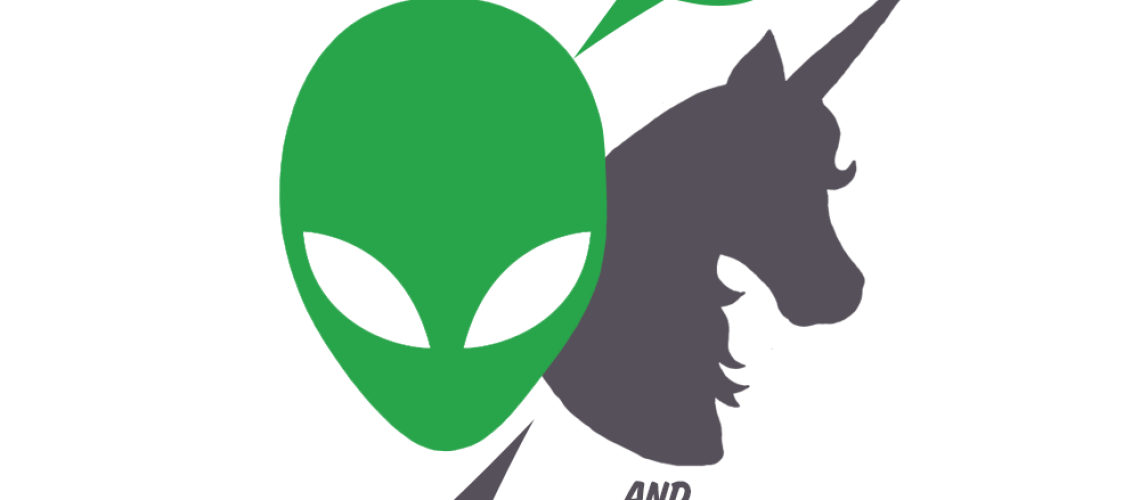Holger Carlsen is an Allied covert operative in the Low Countries, fighting the Nazis in World War II. After an accident, he finds himself in a fantasy version of Europe. The West is held by Humanity, the East is held by Faerie, and the two are locked in a cold war that is looking to run hot. Not his fight, though, right? Holger needs to get home and fight the Nazis. But why did he wind up being transported to a spot where a horse suited for him, and battle armor customized to fit him just happened to be? Who is Holger Carlsen, really, and what is the meaning of his coat of arms? And can he survive in a world where a world war like the one he left may be in the wings, but with dragons and giants instead of bombers and tanks?
Three Hearts and Three Lions is one of many of the classic novels of Poul Anderson. Lighter than some of his more Scandinavian fantasy (e.g. the excellent The Broken Sword), Three Hearts and Three Lions (1961) introduced a lot of ideas into fantasy and gave them form. The division of the fantasy world into Law and Chaos. Trolls and Giants, creatures not often seen in fantasy in this point, take the stage. And Anderson’s trolls are far more indicative of what most people think of trolls than the Cockney rhyming trolls of Tolkien’s The Hobbit. Oh and did I mention there is a shapeshifting druid (complete with animal companion), a magical sword of ancient power (Cortana!), and the fact that you probably could stat up Holger in this fantasy realm as a Paladin and be not far from the mark?
Yes, if you couldn’t guess from now, Three Hearts and Three Lions is one of the seminal novels that influenced the development of Dungeons and Dragons. Even the “being transported to another world” is a trope that early Dungeons and Dragons was known for. I recall many issues of Dragon Magazine which posited what would happen if you had D&D characters wind up in the far future, or in the Wild West, or yes, even World War II. Asking how effective a panzerfaust would be against a troll is just the reversal of sending Holger Carlsen from WWII into a fantasy realm to be a Paladin. The Law and Chaos here are similar to Moorcock’s universe, although far less alien to the eye. There are conflicting loyalties, though, as both sides, Law and Chaos, fear, respect and seek the power of Holger for their own.
In similar vein, all of the fiction which steals from these Dungeons and Dragons ideas owe their origins to Anderson’s jam packed slim novel. And there are plenty of authors who have gone back to this source material and mined Anderson’s ideas in Three Hearts and Three Lions, and others, for their inspiration.
Three Hearts and Three Lions goes far beyond being a fantasy trope wellspring, though. It’s fun to read, too, with many memorable, wonderful set pieces. One of the major conceits of the novel is how magic and science can both be used to explain things, and how explaining it one way or the other doesn’t take away from the fact of what is happening. Anyone familiar with Clarke’s Law or more recently, the Thor movies can see how fantasy worlds can be explained by science. Just to give one example from the novel, there is a truly wonderful sequence that involves a troll being transformed to stone a la The Hobbit, but with far more interesting and serious consequences.
Anderson also does something that is copied by a lot of novelists since, and that is use historical mythological past as the foundation for the culture of a society. The West in Anderson’s fantasy world is based strongly on the Matter of France–the story of Roland, military leader under Charlemagne. Many subsequent authors have gone on to use the Matter of Britain (e.g. King Arthur and the Round Table and all the rest) as a basis of their fantasy worlds in similar manner. Not only is Anderson is a pioneer, the relative rarity of fantasy written in English to use the Matter of France in this way means the book is both a trailblazer and amazingly fresh. (The only other book I’ve read that immediately comes to mind is a sequence in The Incompleat Enchanter, a book series we will discuss another time).
The fantasy of Poul Anderson, as you might now begin to see, has been far more influential than you might think. And so a way to see where many of those tropes were laid down, to see where many of those concepts came from, and a rollocking good read, Three Hearts and Three Lions is well worth your time and attention.








